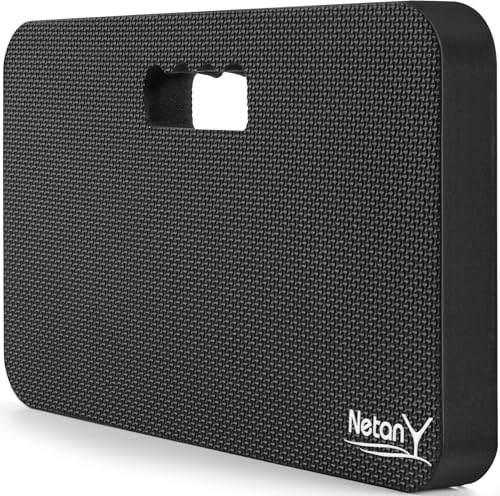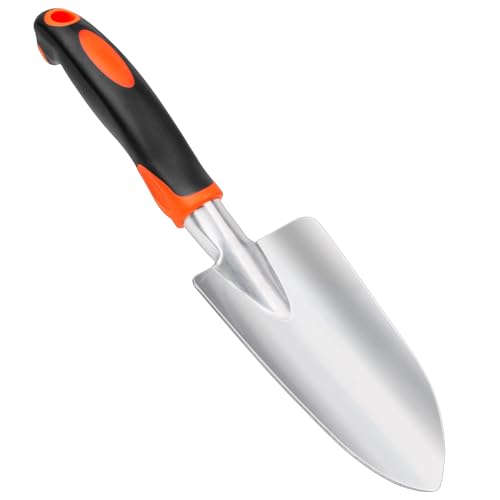7 perennial flowers to plant in June – invest in these plants and they will reward you with beautiful blooms every year
Add color and scent to your backyard this summer and for years to come
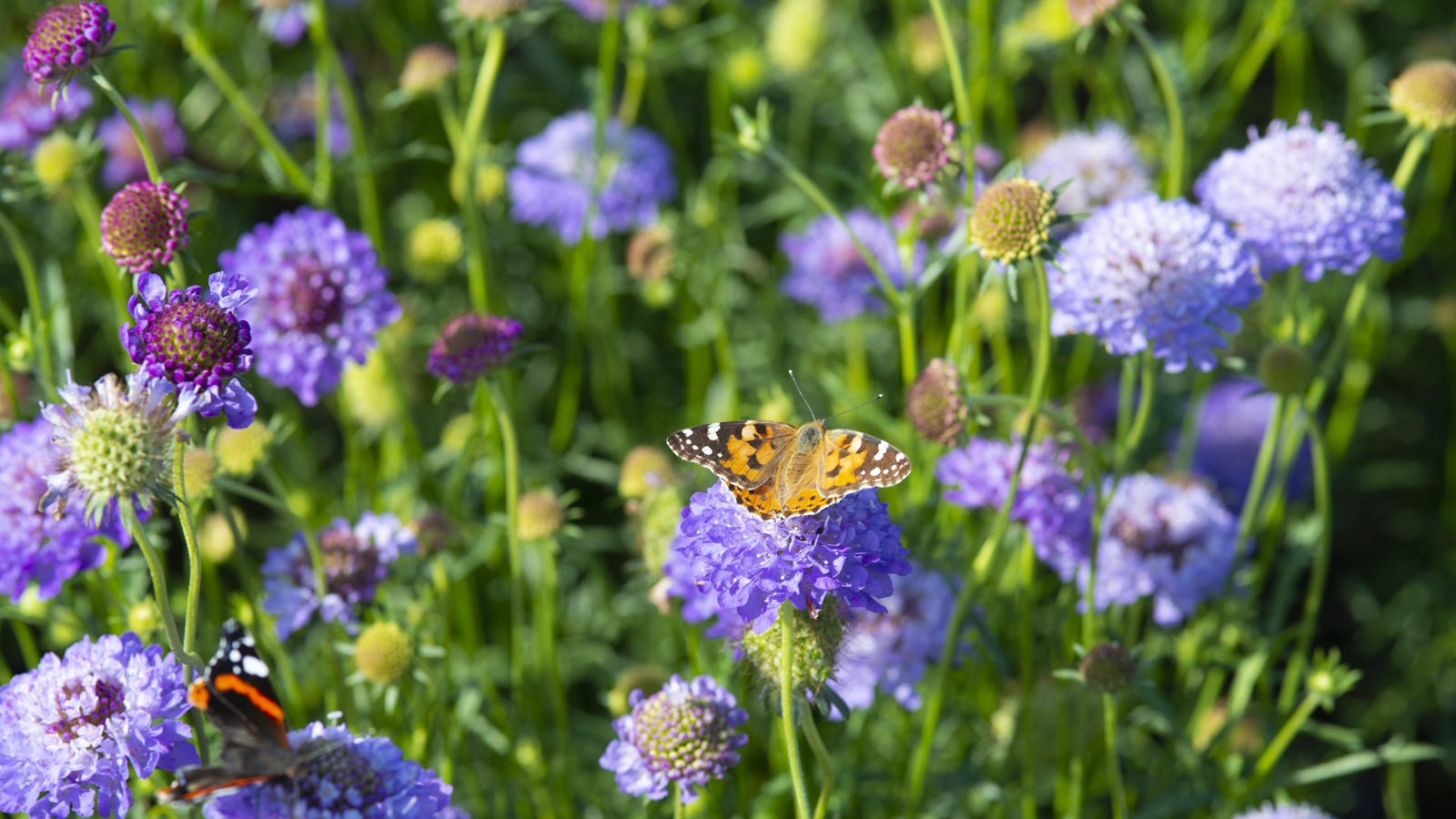
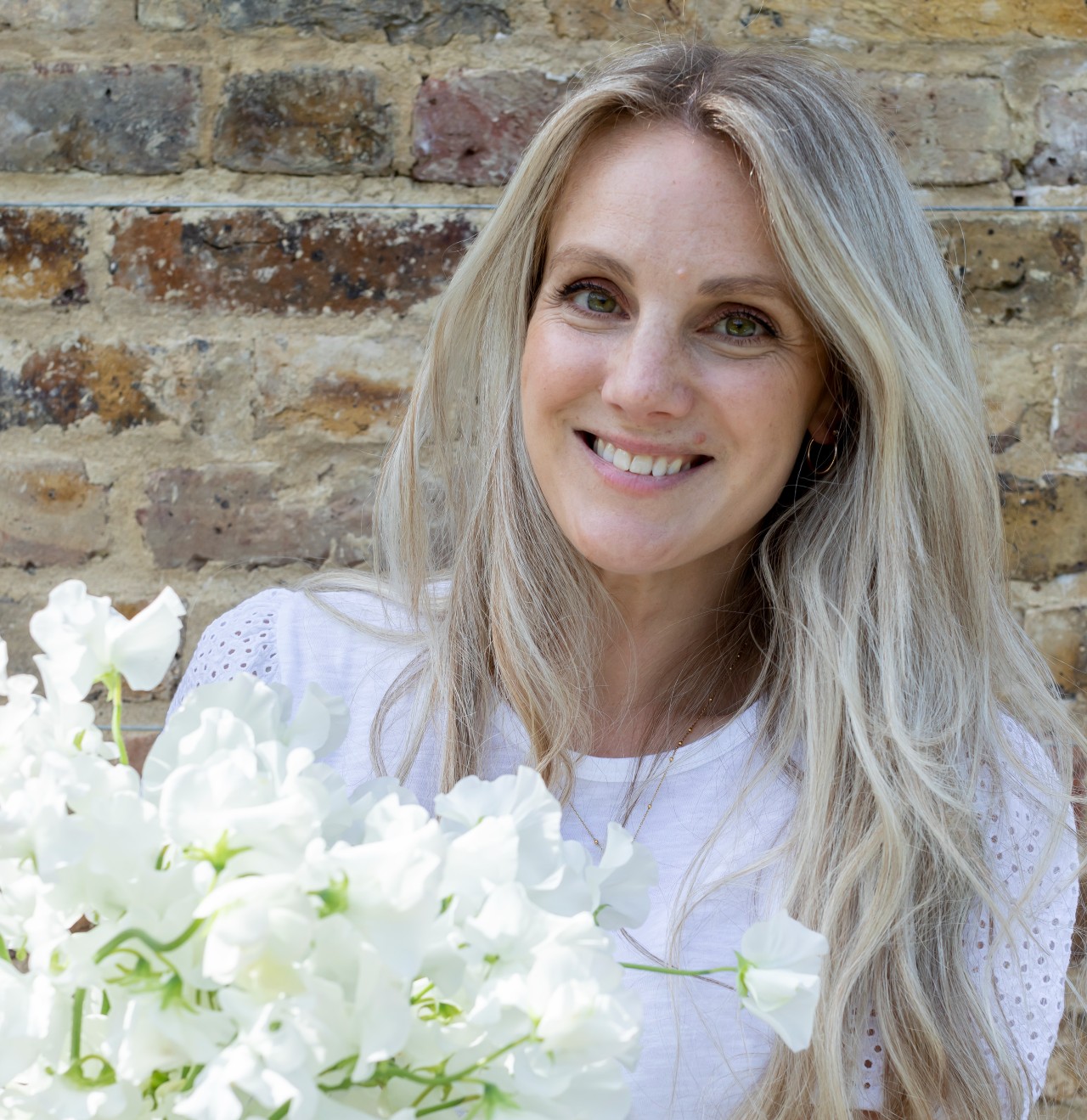
June has arrived and what a fabulous month it is for gardeners. Our shrubs and lawns are growing with vigor, and with any luck, our seedlings have established and are maturing into strong plants.
June is also a time when spring bulbs, flowering shrubs such as snowball viburnum, and blossom on the trees have died off, leaving space for perennial flowers to begin blooming and continue the floral show in your garden for the months ahead.
It's not too late to plant perennials in June, as the heat of summer has not yet reached its peak. Here, we share seven of the best perennial flowers to plant in June, for a solid investment in your backyard.
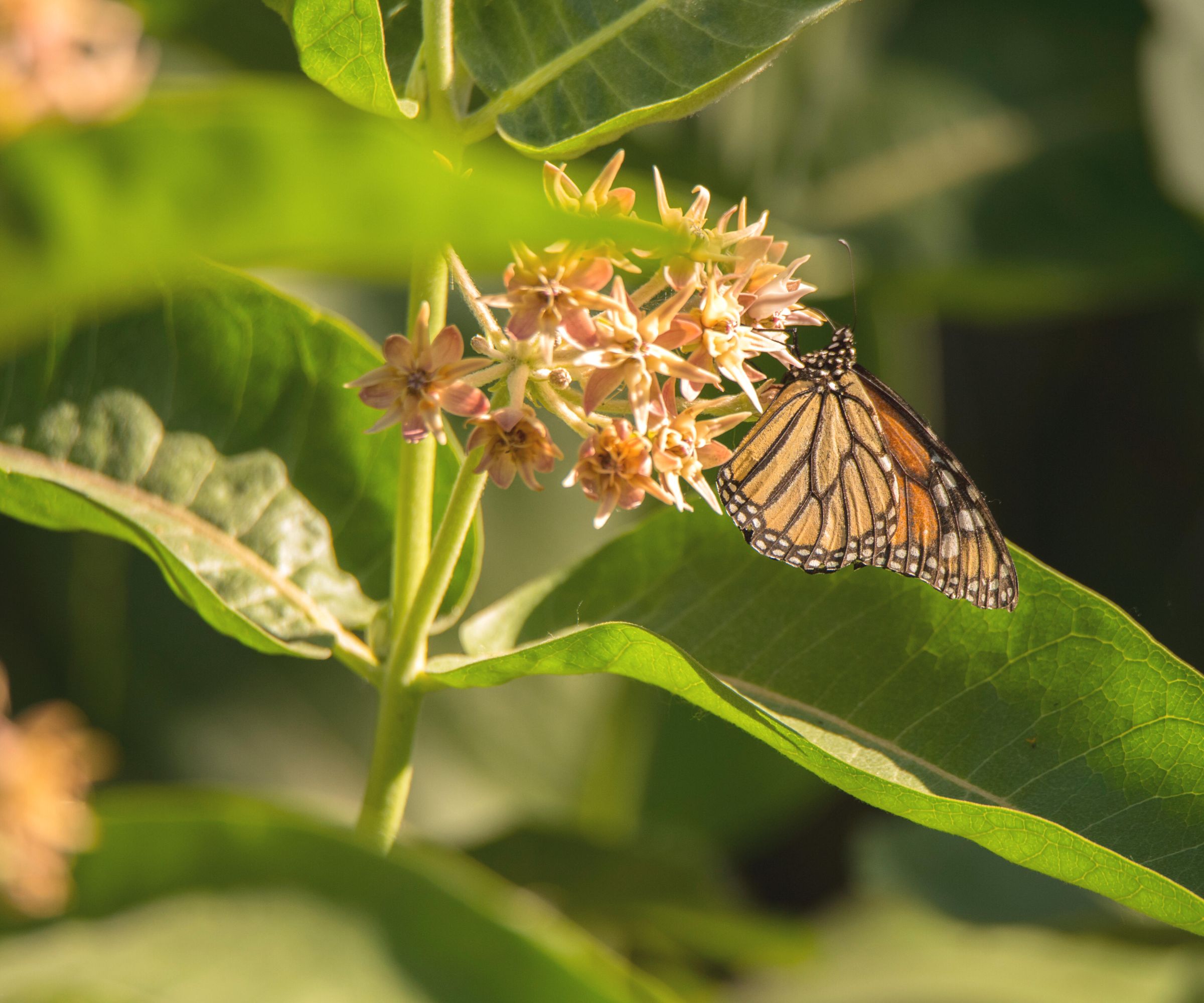
To sow or plant perennial flowers in June?
While it is still possible to start some perennial flowers in June from seed, you will get more out of them if you buy young plants from the garden center or nursery, as you'll have more time to enjoy their blooms this season.
There are some fast-growing perennials, however, which would still flower well if sown directly into prepared flower beds in June – but you'd need to get them in early.
1. Scabious
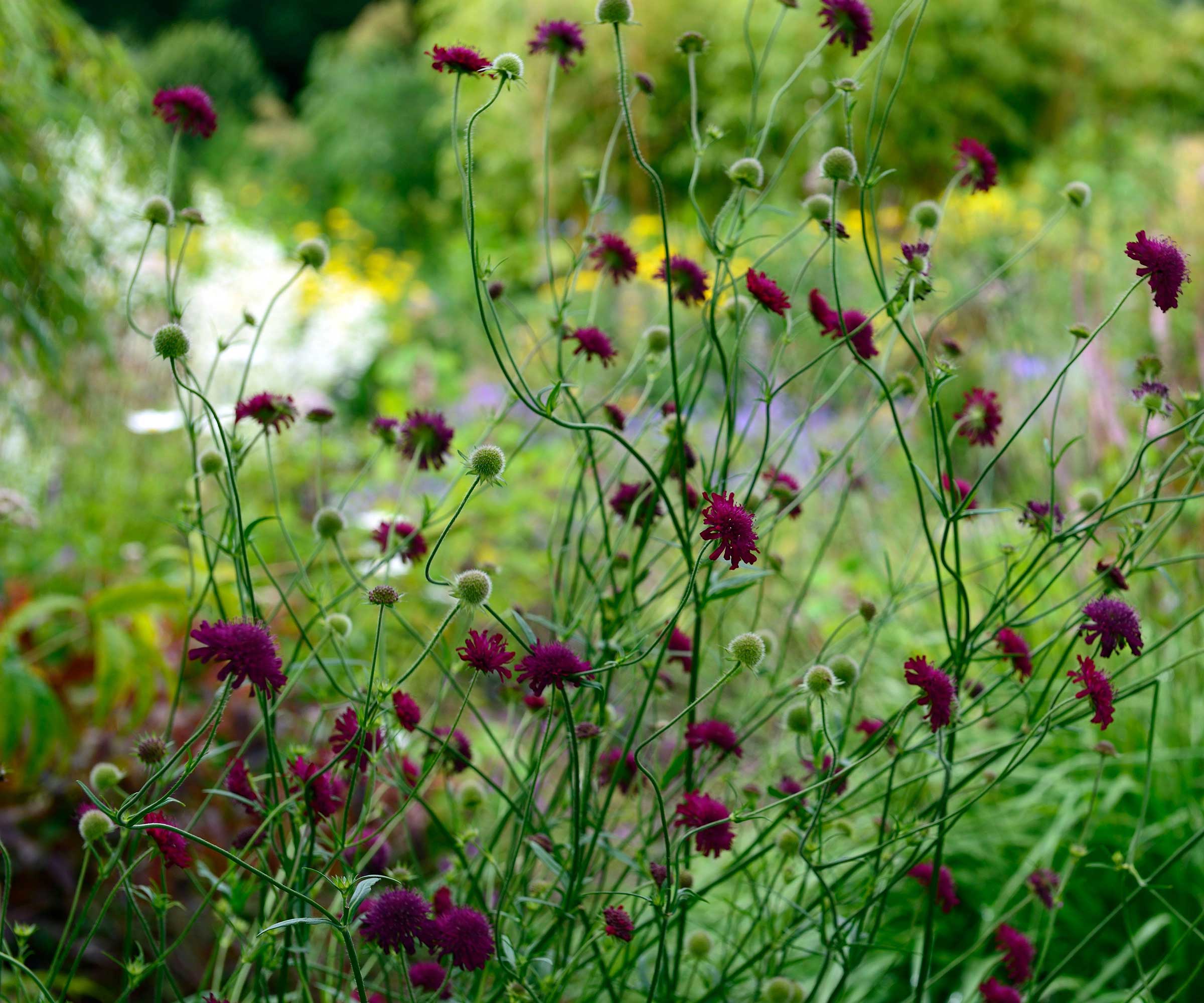
Pin cushion flowers, also known as scabious or Scabiosa, are glorious perennial flowers with long curvaceous stems that are topped with circular blooms. The flower heads comprise lots of thin, narrow petals surrounded by small ruffled collars, giving it the appearance of a pin cushion.
Its buds are also very attractive and when fall comes, these heads take on a structural sphere shape, making them one of the best perennials in terms of interest and longevity in the garden.
They come in shades of white, lilac, purple, pink, and burgundy and enjoy a full sun position. They are also a great bloom to grow in a container, giving height and movement to a patio or porch display. If you have enough heat they will bloom from seed in approximately three months. You can also find scabious starter plants like this set of three from Walmart.
USDA hardiness zones 3-8.
2. Asclepia
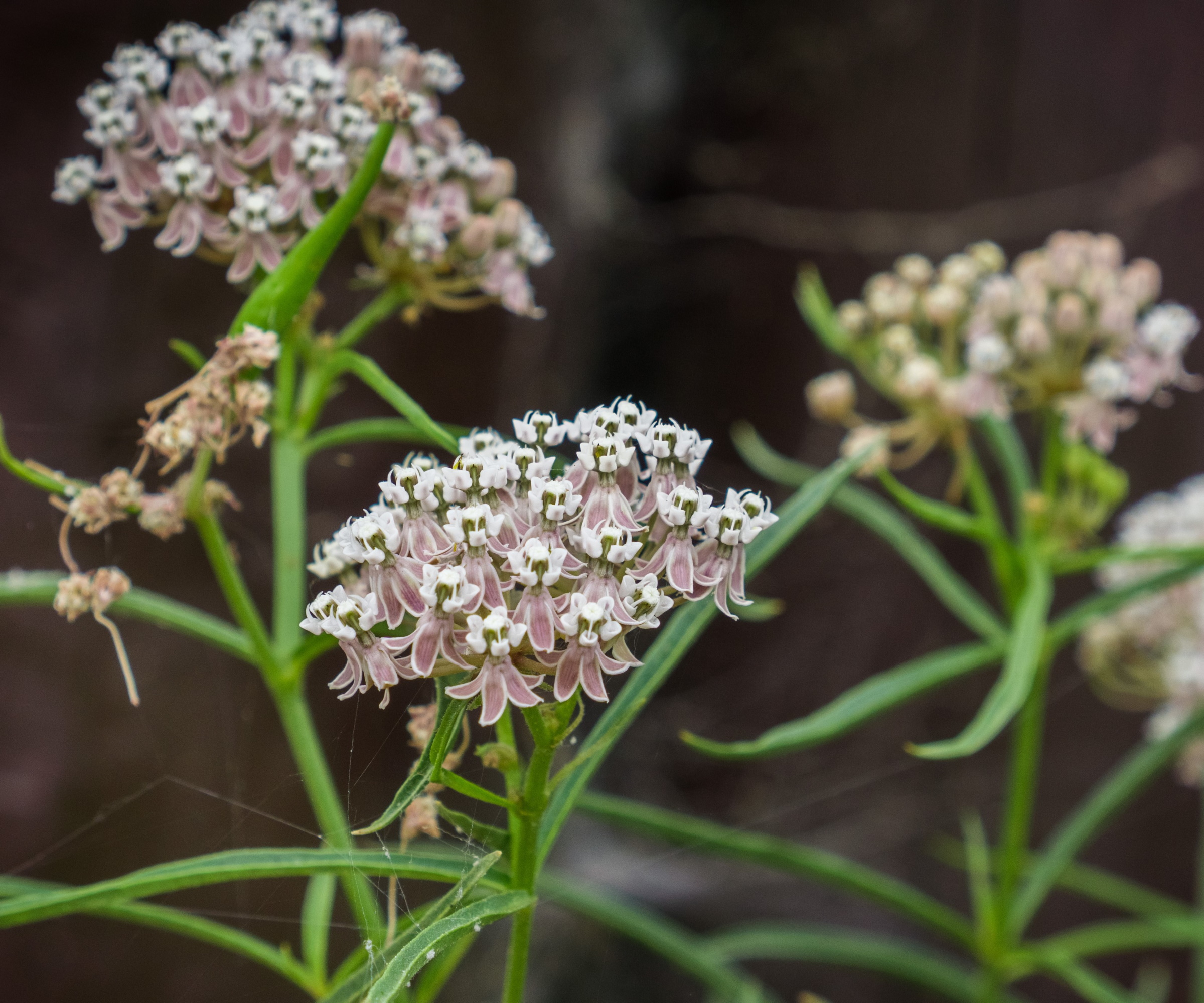
Asclepia, more commonly known as milkweed, is very popular for its ability to attract pollinators, particularly the monarch butterfly, as well as bees and hummingbirds. Its name comes from the milk-like sap that oozes from its stem if damaged or leaves are removed.
These plants can grow up to five feet, and are topped with a mass of delicate, star-shaped flowers. There are more than 100 species milkweed native to the US and Canada. They are divided into several different types, which include common milkweed, butterfly weed and swamp milkweed.
Asclepia prefers full sun, but will tolerate average soil conditions, and once established it is very low maintenance. For the best chance of seeing blooms covered in pollinators, buy starter plants in June.
USDA hardiness zones 3-9.
3. Echinops
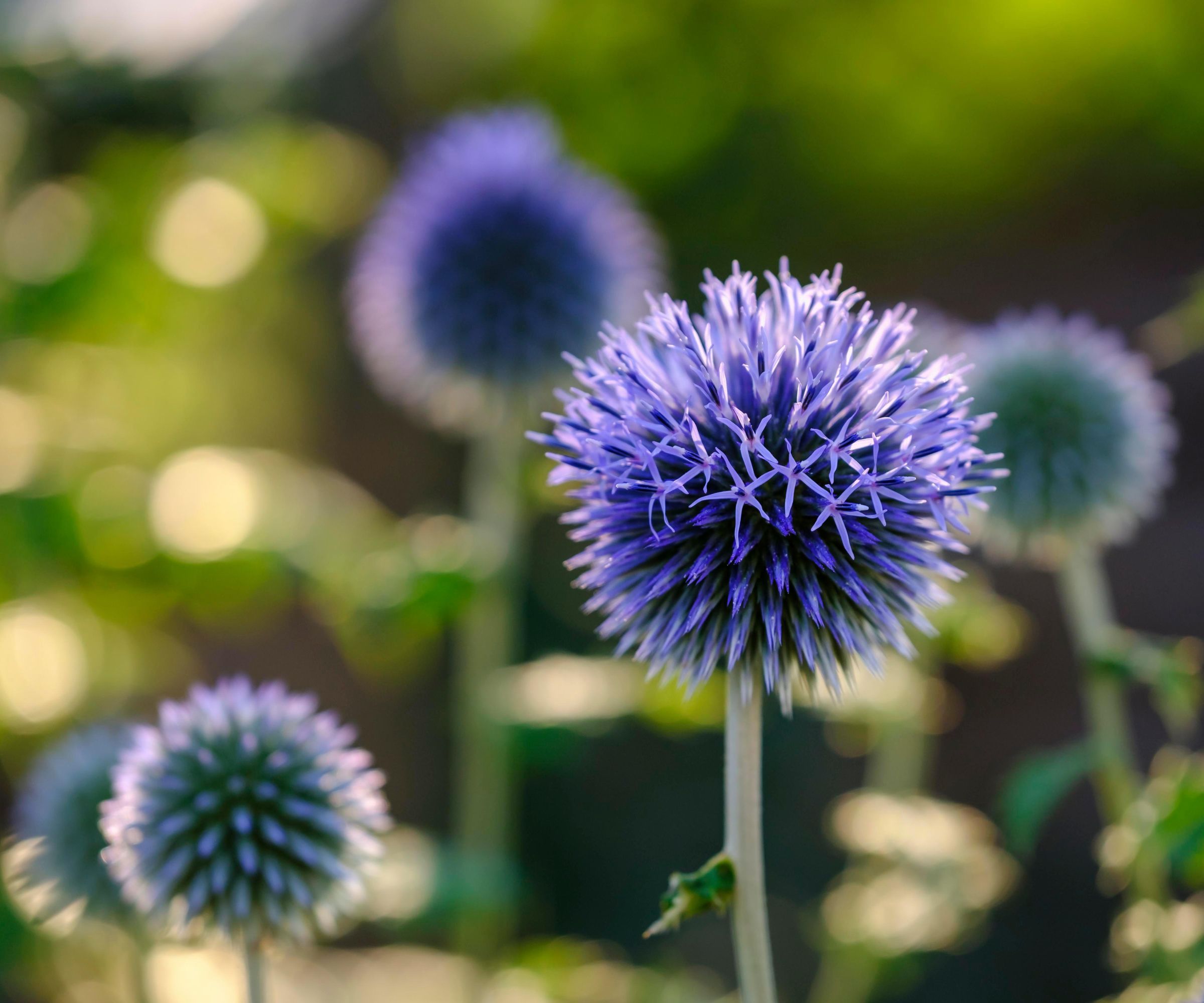
If structure and form are important to you in your backyard, planting echinops – or globe thistles – is a must.
These true blue flower spheres grow on rather spiky, bushy foliage, but delight in their ball-shaped flowers and seedheads that follow. Its leaves make it a great deer-resistant plant. Globe thistles love full sun, and are pretty hardy in drought conditions.
They are also fast-growing, so if you want to try starting some from seed in early June you will still have the chance. They flower up until September, so you should still get 6 weeks of blooms, provided plants get enough heat. You can find globe thistle seeds at Amazon.
USDA hardiness zones 4-9.
4. Anise Hyssop
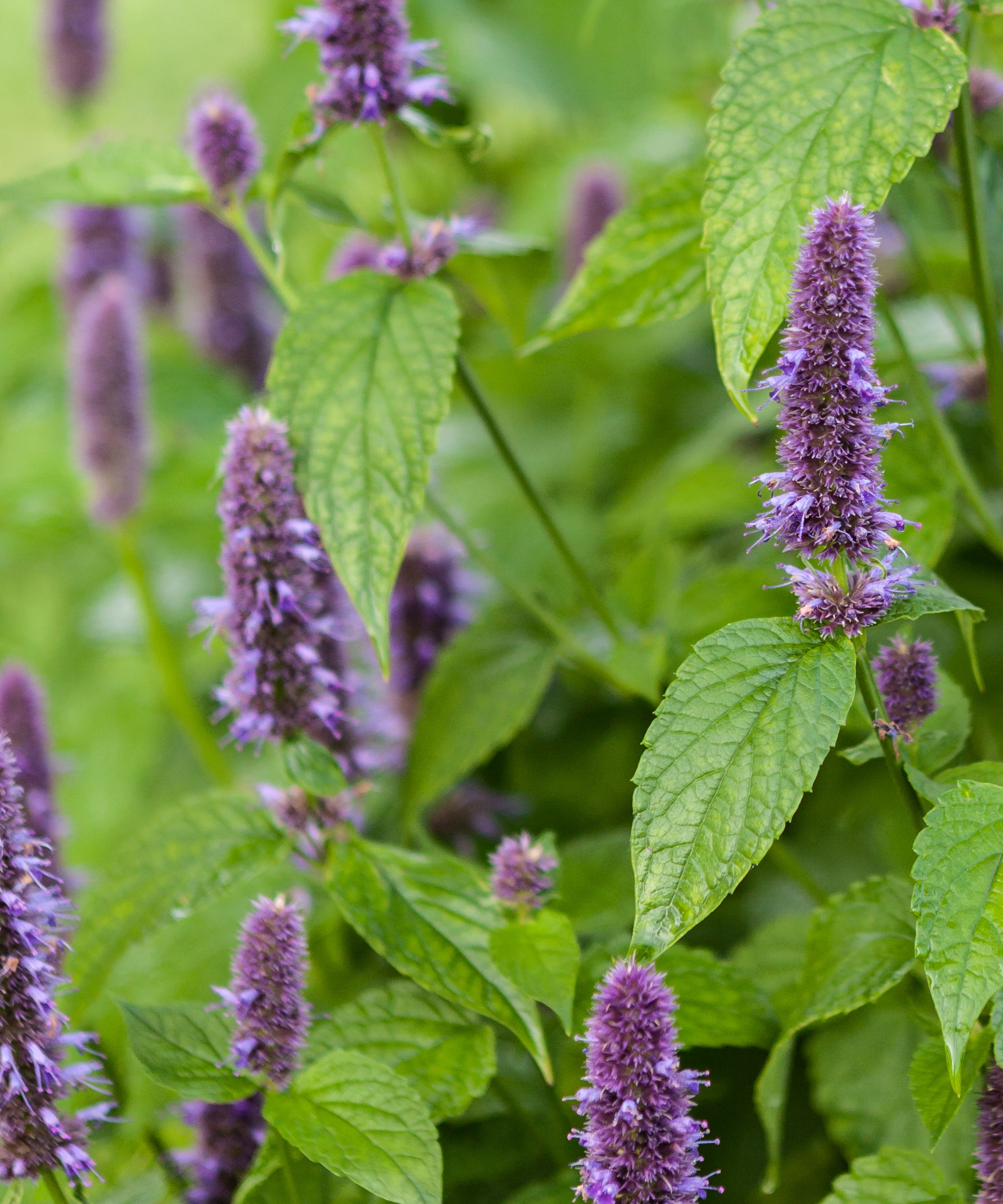
Anise hyssop, also known as Agastache foeniculum, belongs to the mint family and is native to the US and parts of Asia.
It is a hardy perennial, can tolerate poor soil and drought, doesn't really need fertilizing, and is very low maintenance. It can produce dense clusters of flowers, and may require some cutting back to keep it from spreading too far into other areas of your yard.
It does need good drainage, however, so if you live in a climate that experiences wet winters, consider adding gravel to the soil to help prevent roots from rotting.
US hardiness zones 3-10.
5. Shasta Daisy
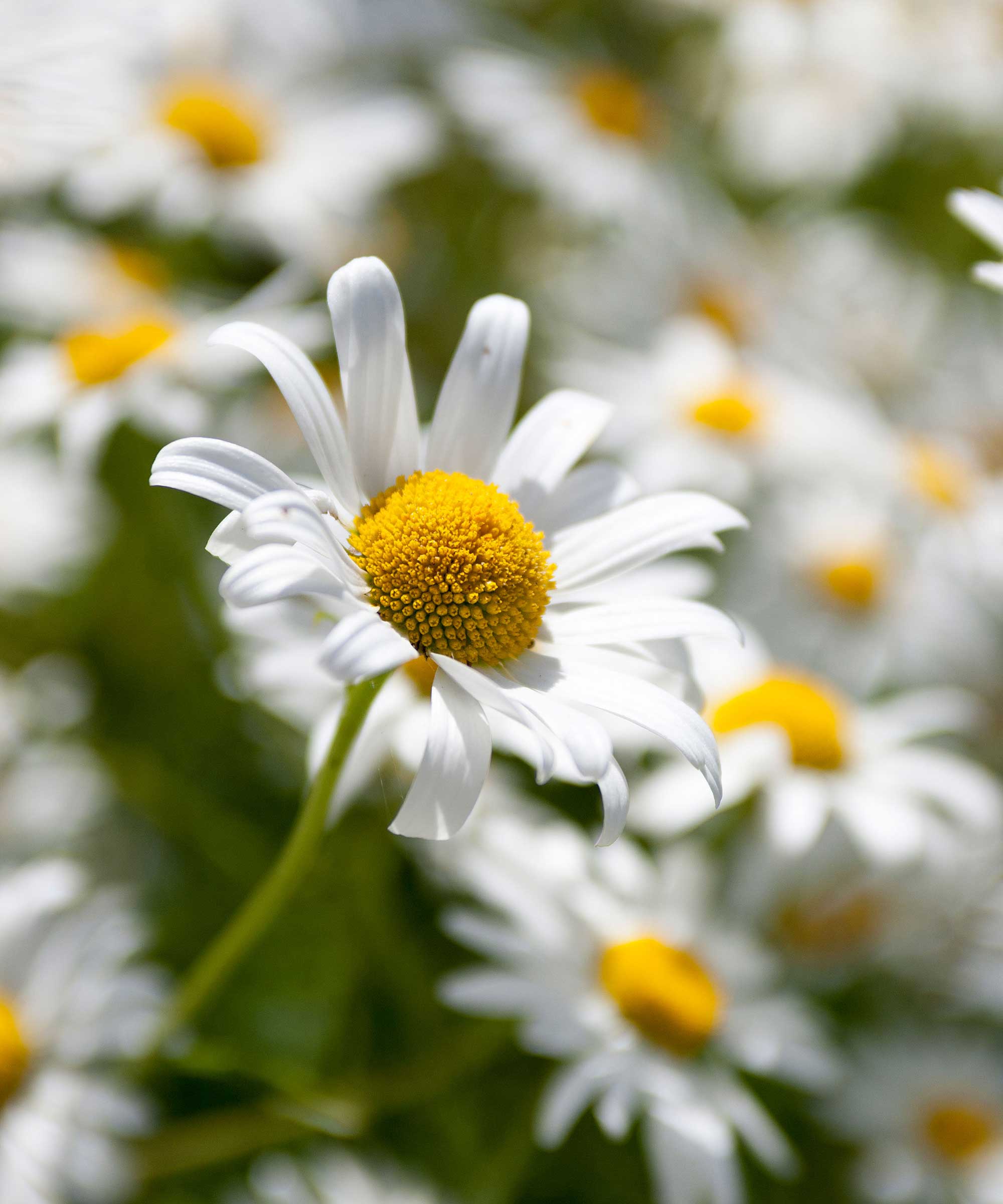
Perhaps one of the humblest of the native US perennials, Shasta daisies are also incredibly hard-working and will give your garden a delightful, frothy lift in summertime.
Unlike the daisy flowers we tend to see growing in lawns, these plants can grow up to four feet tall. The Shasta daisy was bred by American horticulturist Luther Burbank, and is a hybrid of several other Leucanthemum cultivars. It is named after the snow-capped mountains of Mount Shasta in California.
Choose starter plants to ensure you get flowers this year. By deadheading Shasta daisies, you can encourage more of these diminutive blooms throughout summer and extend its flowering season by several weeks. Plants like full sun or part shade, and very good drainage. Larger shrubs may require staking to support them during peak growing season. You can propagate them by division in early spring. You can find starter Shasta daisy plants at Walmart.
USDA hardiness zones 4-9.
6. Joe Pie Weed
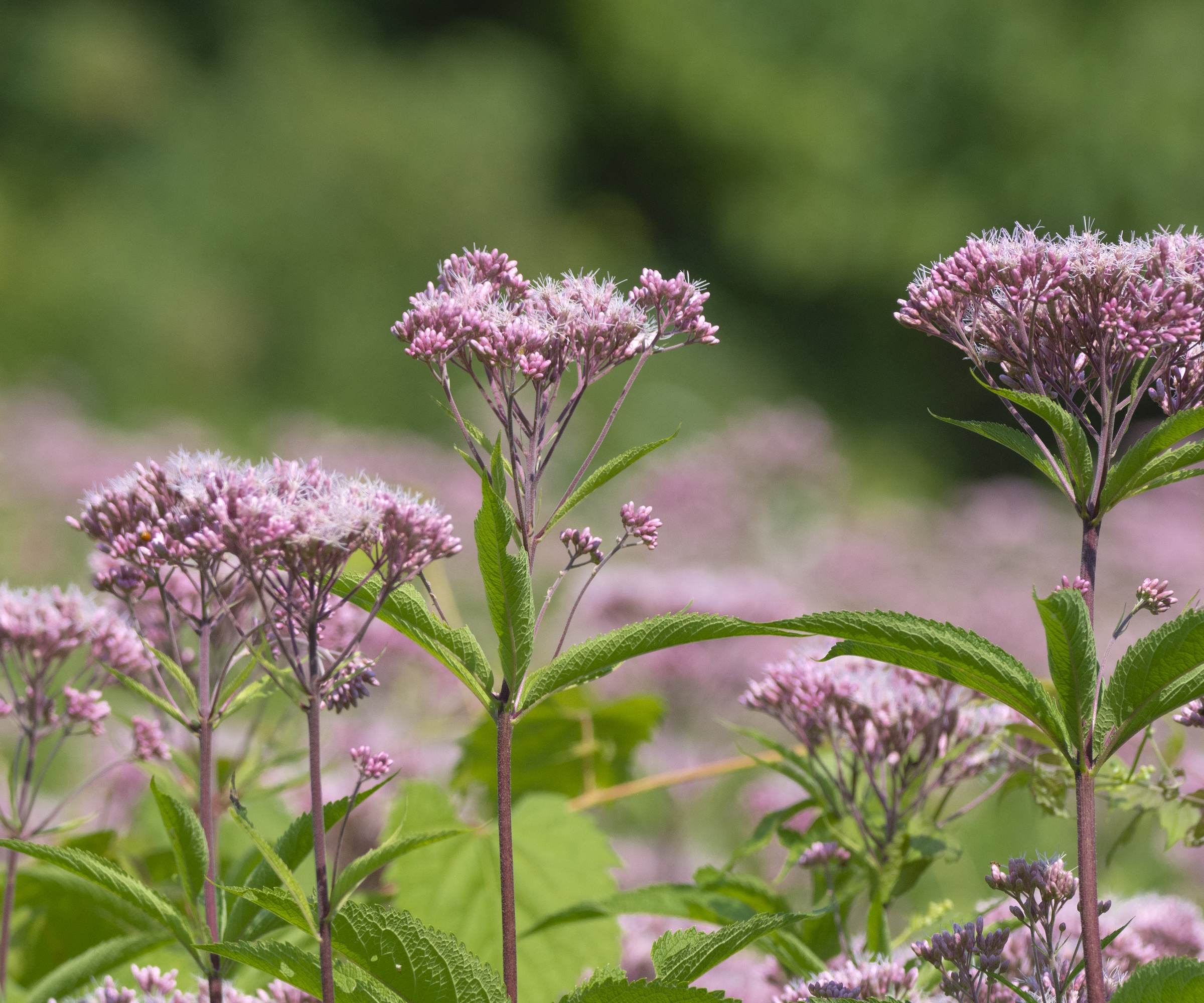
Eutrochium purpureum, more commonly referred to as Joe pie weed, is a vigorous US native plant, and once established in your yard it will be a magnet for bees and other pollinators.
It can grow to colossal heights - up to eight feet if left unchecked – so make sure you have enough space for this plant before introducing it to your backyard. Maintain regular pruning if you don't want it to grow too large.
Joe pie weed makes a great flood-resilient plant, as it thrives in boggier soil. It's also an ideal plant if you're looking to create a perennial wildflower meadow.
USDA hardiness zones 4-9.
7. Satin flower
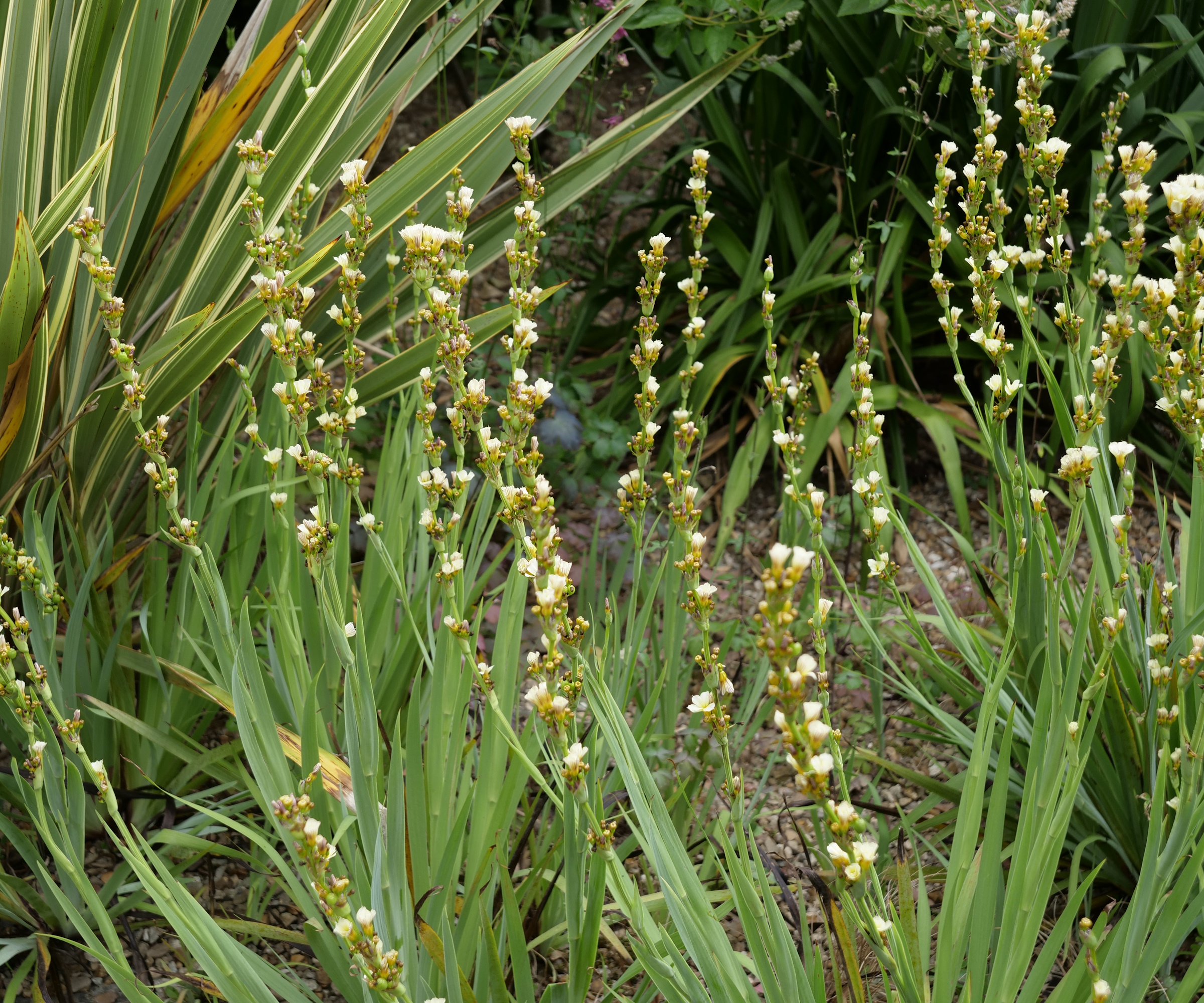
Sisyrinchium striatum – also known as pale yellow-eyed grass or satin flower, both of which are easier to pronounce than its Latin name - is starting to appear in gardens around the country right about now. It grows thin spire-like stems, along which are dotted clusters of small, creamy yellow flowers.
This clump-forming perennial loves a sunny spot and prefers well-drained soil.
If you like structural plants, or more unusual cut flower varieties, this is a great option. It also has a tendency to self-seed, which is good news if you want to expand your plant collection for free.
USDA hardiness zones 5-9.
Shop your essential gardening kit

These gloves are made with cowhide leather, making them durable and protective for all gardening jobs. The adjustable fastening is a great feature, too.
If you're inspired by some of these versatile perennial flowers to plant in June, why not discover how to get even more out of your garden flowers, with our guides on what to do with foxgloves after they finish flowering, and how to water roses the right way.
Sign up to the Homes & Gardens newsletter
Design expertise in your inbox – from inspiring decorating ideas and beautiful celebrity homes to practical gardening advice and shopping round-ups.

Rachel is a gardening writer, flower grower and floral designer. Her writing career began on Country Living magazine, sparking a love of container gardening and wild planting. After more than a decade writing for and editing a range of consumer, business and special interest titles, Rachel became editor of floral art magazine The Flower Arranger. She then worked as a floral designer and stylist for six years, before joining Homes & Gardens. An expert in cut flowers, she is particularly interested in sustainable gardening methods and growing flowers and herbs for wellbeing. In summer 2024, she was invited to Singapore to learn about the nation state's ambitious plan to create a city in nature, discovering a world of tropical planting and visionary urban horticulture.
-
 Jeremiah Brent's new NYC-inspired rug collection has got to be the easiest way to bring his modern Manhattan style into your own home
Jeremiah Brent's new NYC-inspired rug collection has got to be the easiest way to bring his modern Manhattan style into your own homeJeremiah Brent has teamed up with Loloi Rugs to create a contemporary collection of home furnishings inspired by his city
By Eleanor Richardson
-
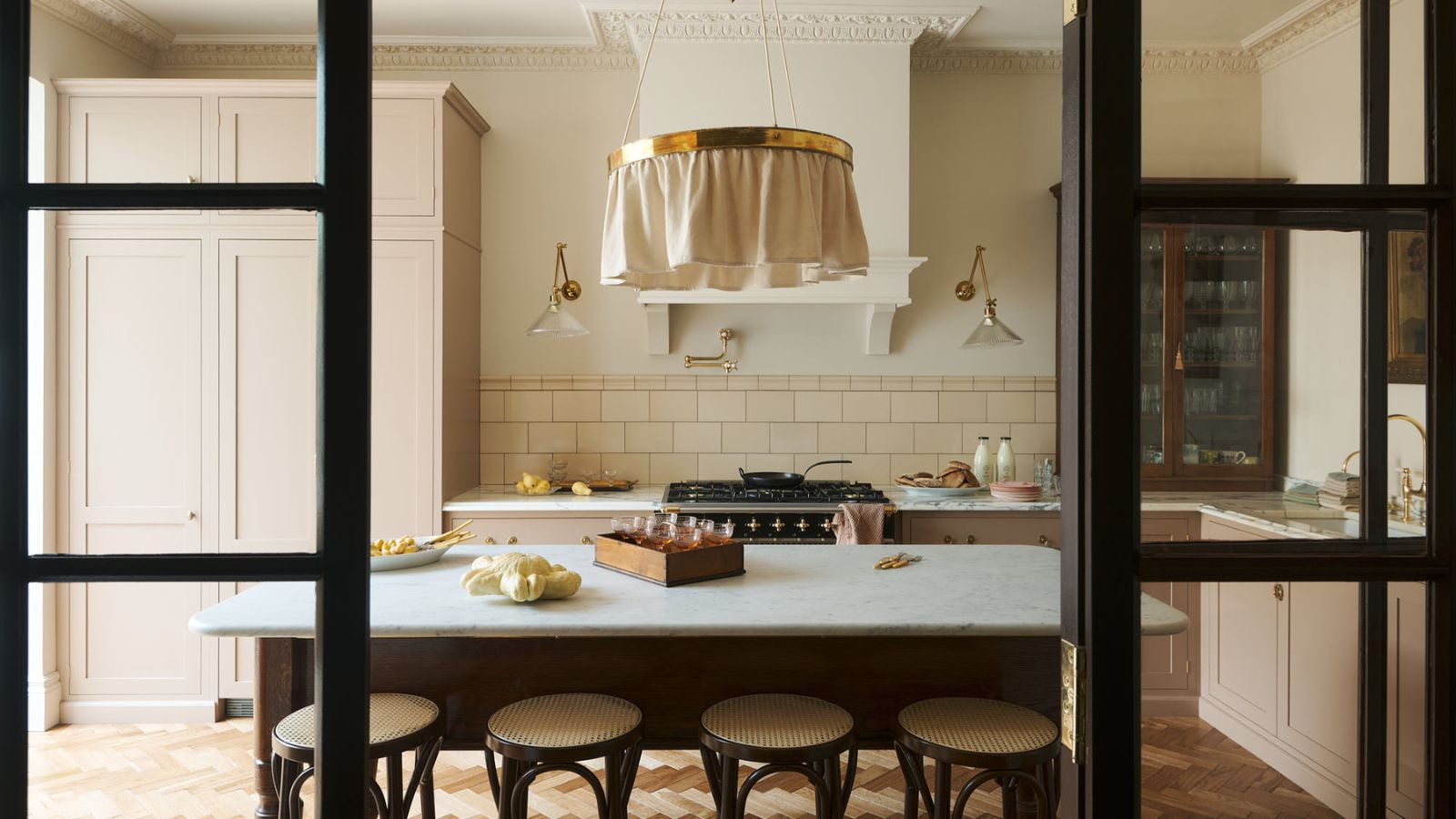 I tried this one easy dishwasher trick and made the annoying need for manual drying a thing of the past
I tried this one easy dishwasher trick and made the annoying need for manual drying a thing of the pastIf you hate those little pools of water left on your cups and crockery, this towel trick is for you
By Punteha van Terheyden
-
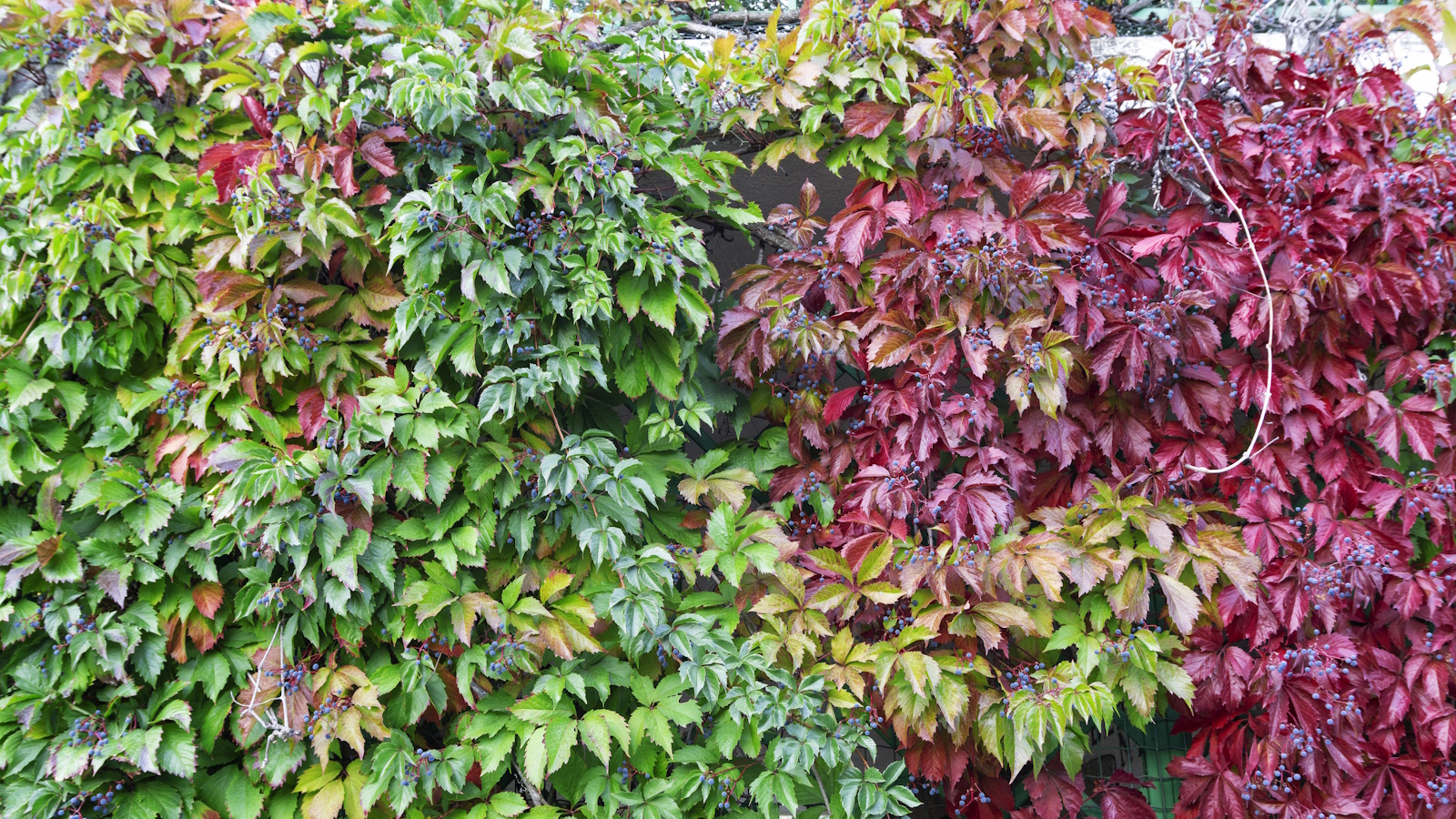 How to grow Virginia creeper – it may divide opinion, but this fast-growing, shade-tolerant vine will cover walls and fences in record time
How to grow Virginia creeper – it may divide opinion, but this fast-growing, shade-tolerant vine will cover walls and fences in record timeIf you are looking for spectacular fall color, Virginia creeper is the climbing plant to grow
By Thomas Rutter
-
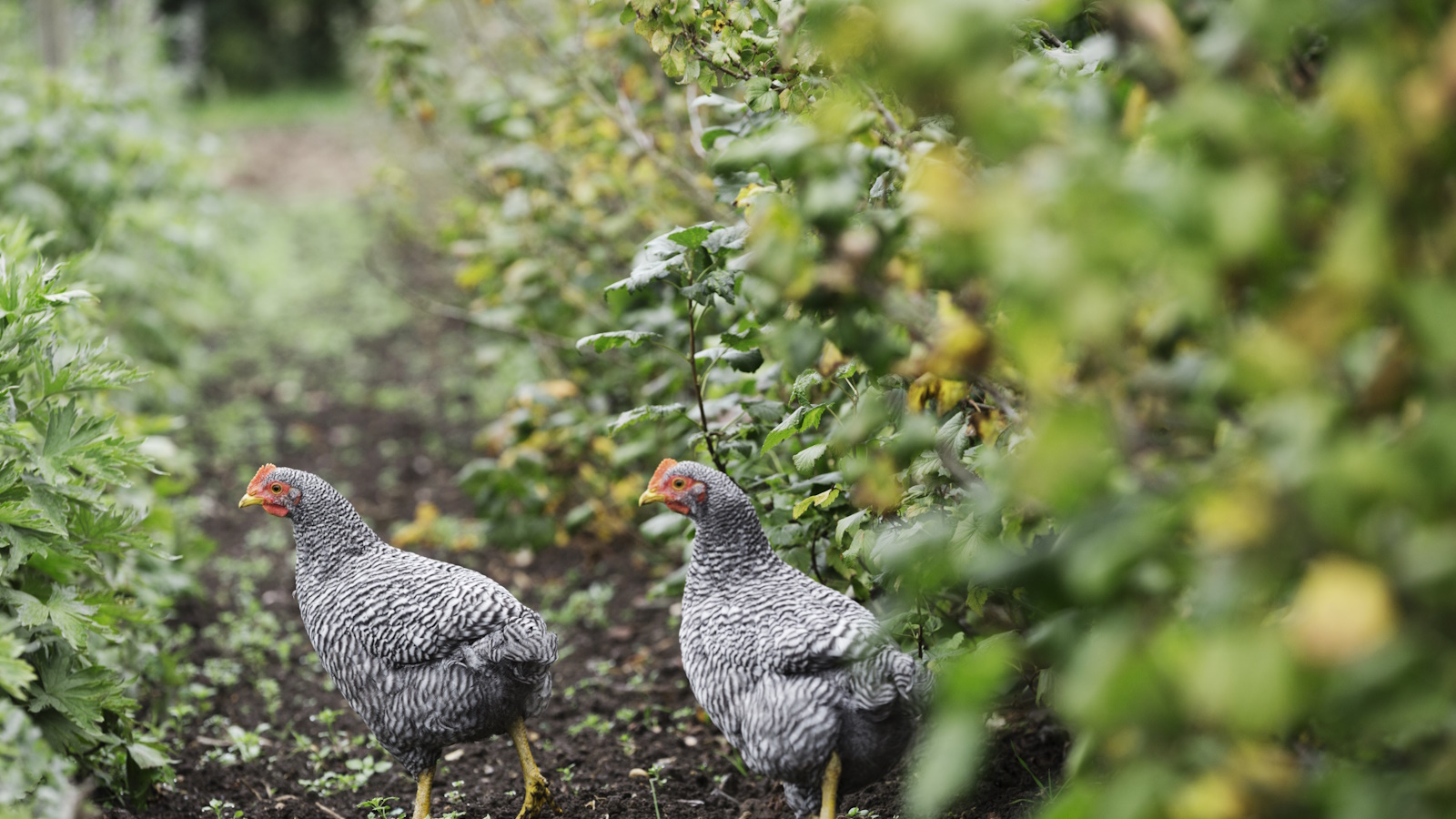 Best plants for a chicken run – 7 fragrant and floral plants for happy hens and beautiful coops
Best plants for a chicken run – 7 fragrant and floral plants for happy hens and beautiful coopsYour chicken run can be every bit as beautiful as your own garden, so long as you do your research first
By Kayleigh Dray
-
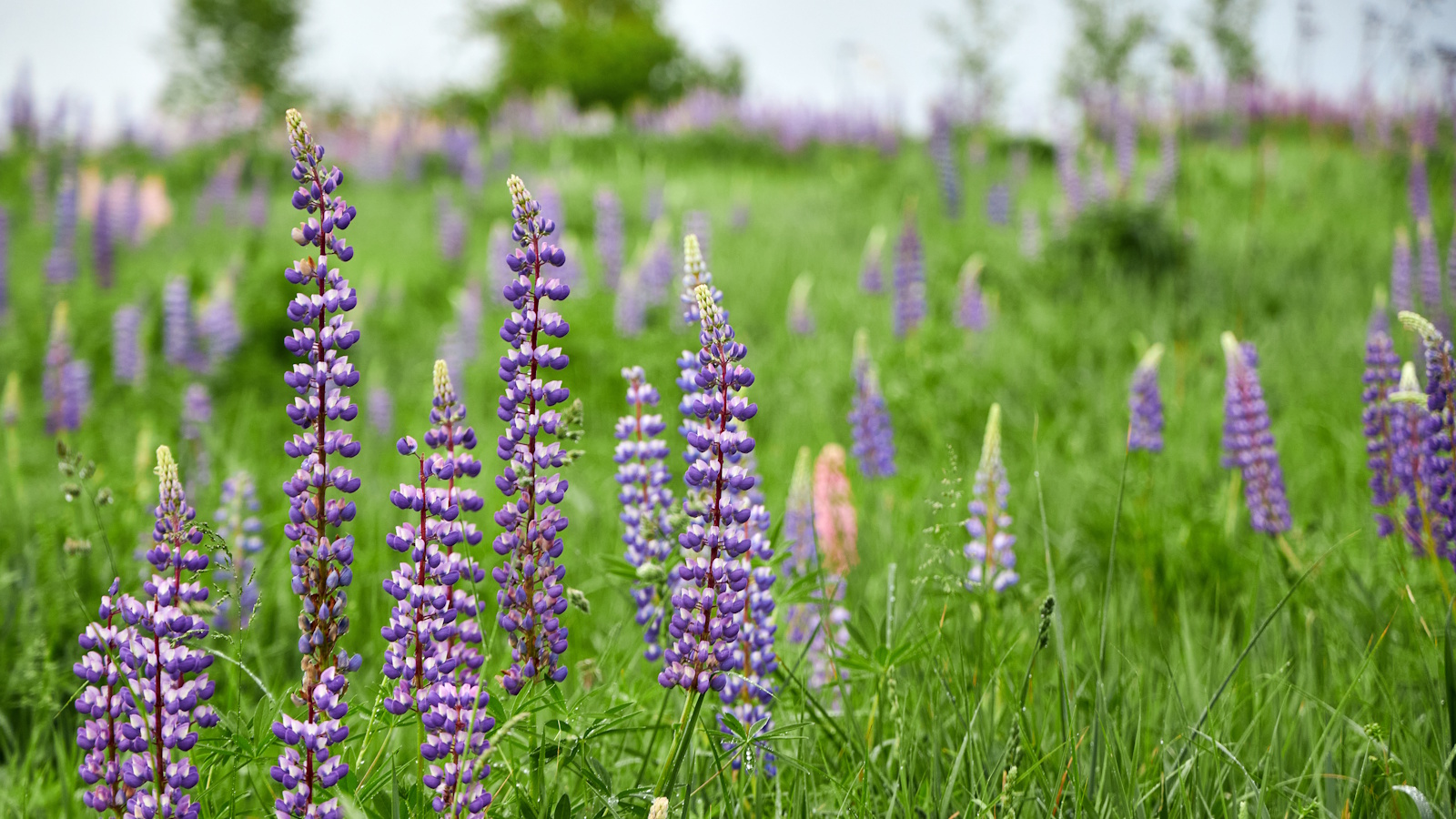 How to grow lupine – expert advice on growing this dramatic and vibrant cottage garden flower
How to grow lupine – expert advice on growing this dramatic and vibrant cottage garden flowerVibrantly colored flower stalks make swathes of lupines a sight to see in meadows and cut flower gardens alike
By Ellen Wells
-
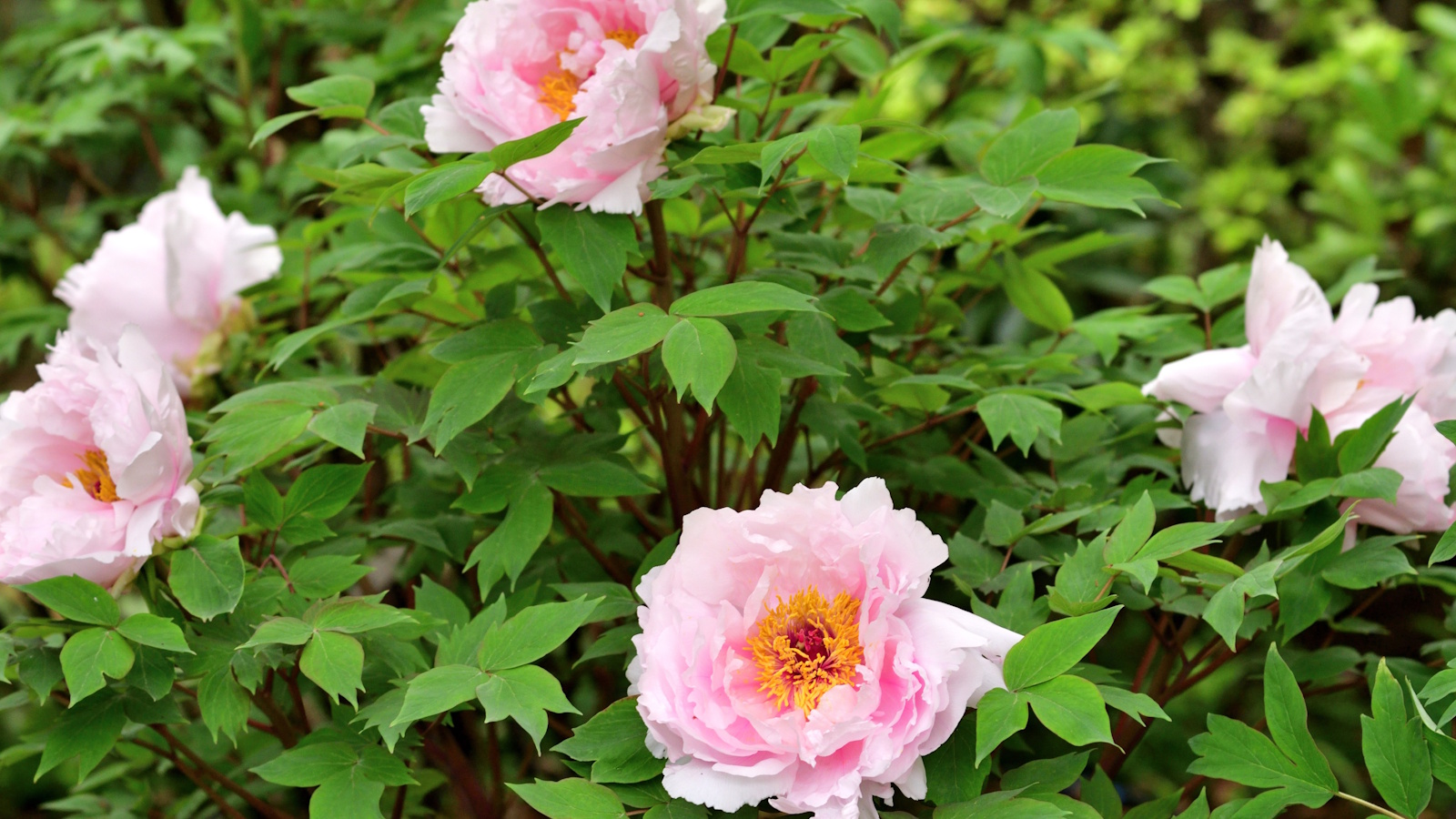 How to grow tree peonies in pots – for a show-stopping shrub that will thrive in partially shaded yards
How to grow tree peonies in pots – for a show-stopping shrub that will thrive in partially shaded yardsWith large, saucer-like blooms, tree peonies are the ultimate flowering shrub
By Thomas Rutter
-
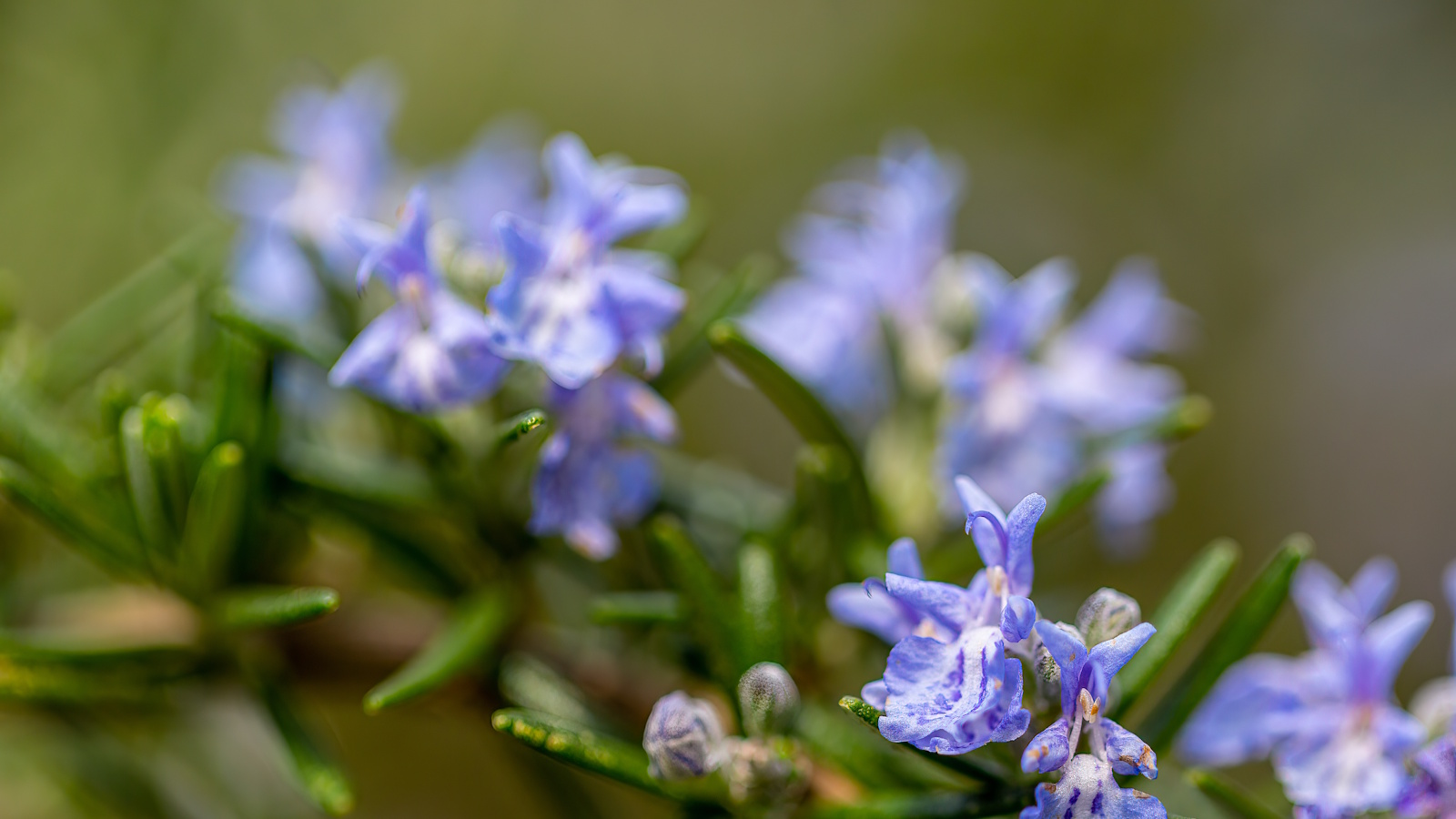 Can you revive woody rosemary plants? Expert pruning advice from a professional gardener to save old, leggy herbs
Can you revive woody rosemary plants? Expert pruning advice from a professional gardener to save old, leggy herbsWith the right pruning approach, old and woody rosemary plants can be brought back to life
By Thomas Rutter
-
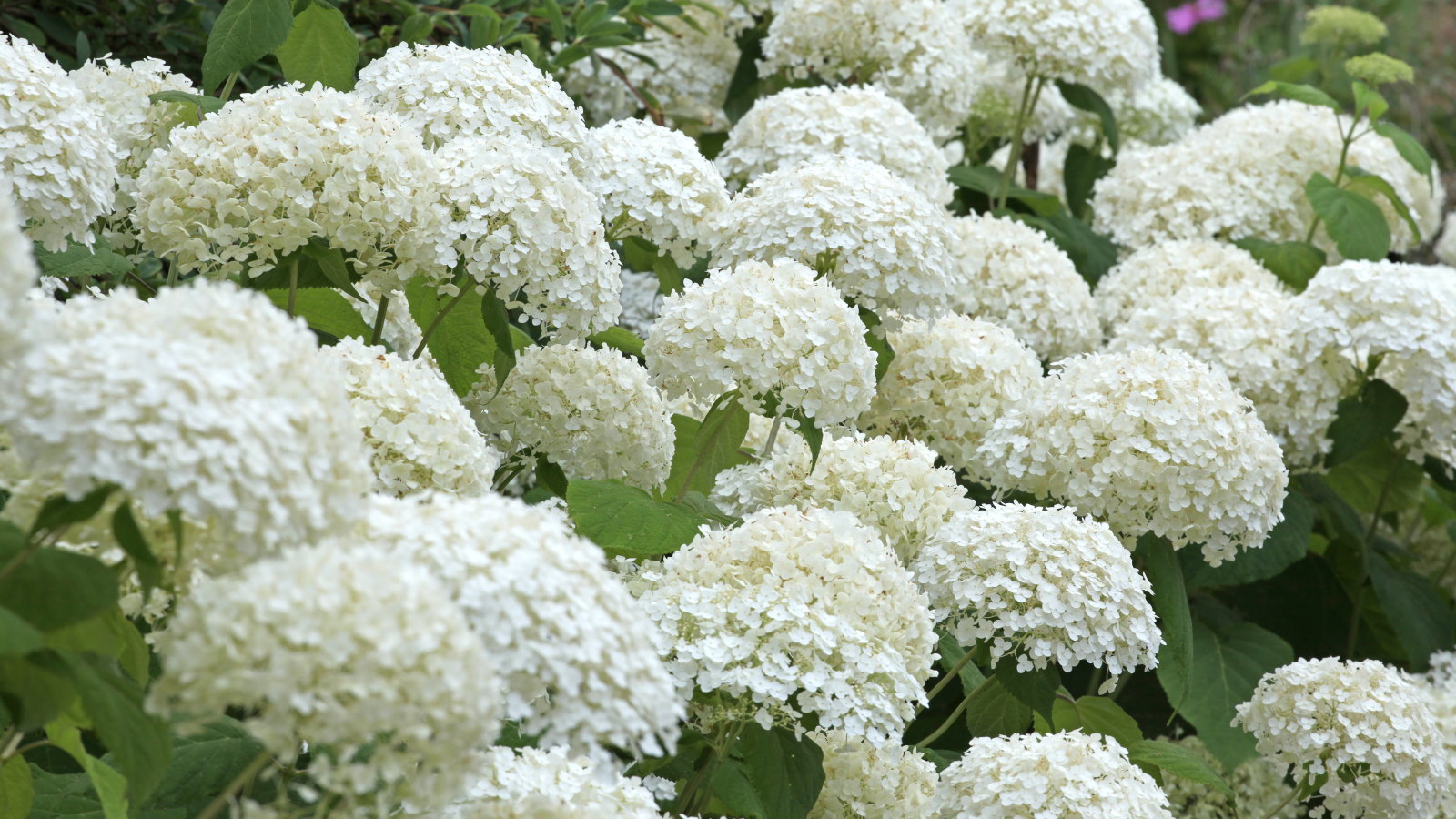 Your hydrangeas will flourish with bigger blooms and healthier growth thanks to this 1 natural material that is easy to use
Your hydrangeas will flourish with bigger blooms and healthier growth thanks to this 1 natural material that is easy to useDiscover why you should be using leaf mold to mulch hydrangeas
By Drew Swainston
-
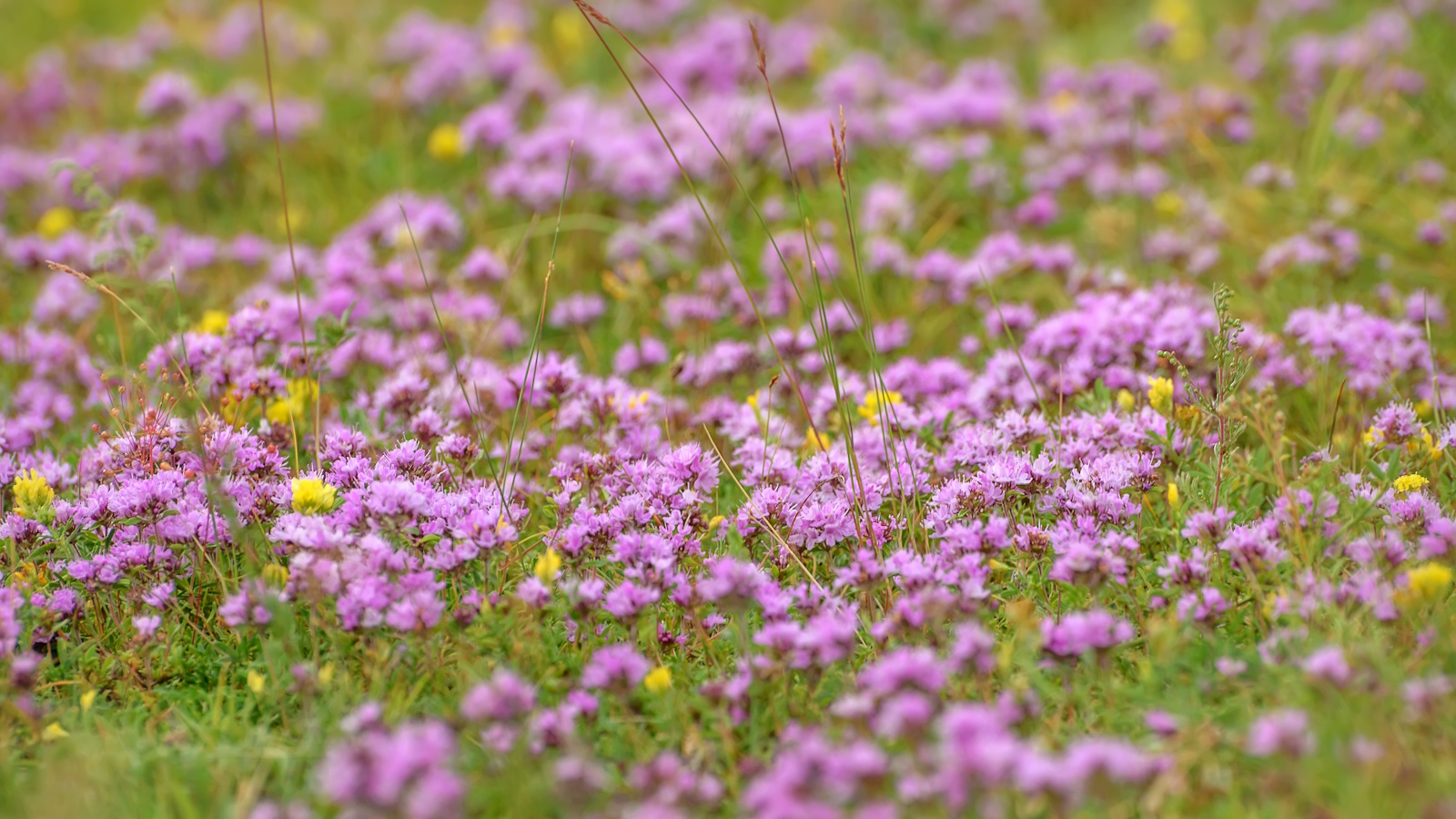 5 fast-growing tiny flowers – expert recommendations to fill your pots and borders with color in record time
5 fast-growing tiny flowers – expert recommendations to fill your pots and borders with color in record timeThese fast-growing tiny flowers prove that miniature can also be marvelous
By Thomas Rutter
-
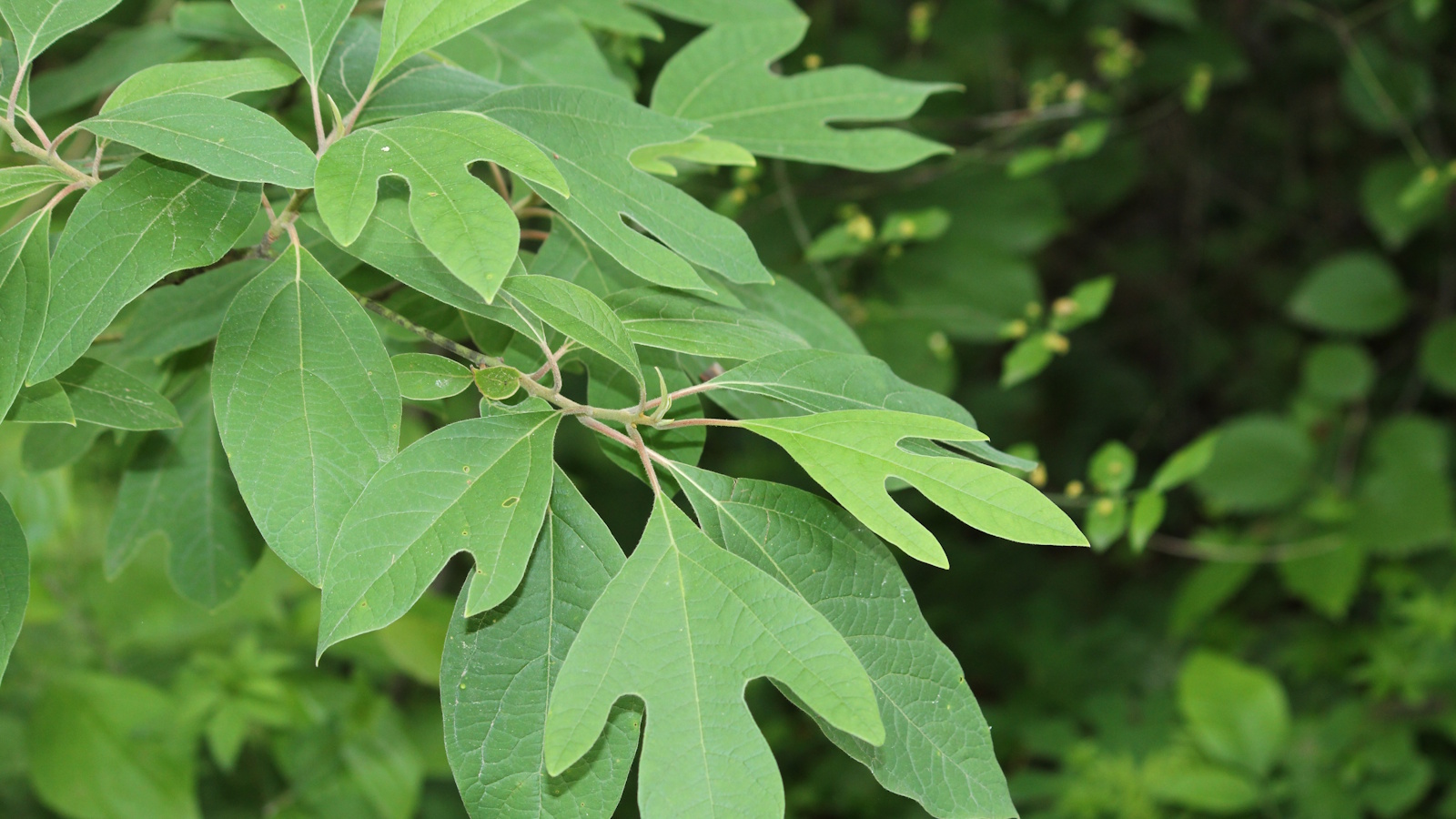 How to grow sassafras – for a low-maintenance native tree that can even be planted in shady yards
How to grow sassafras – for a low-maintenance native tree that can even be planted in shady yardsFor an easy-to-grow North American tree, you will not find much better than sassafras
By Thomas Rutter
